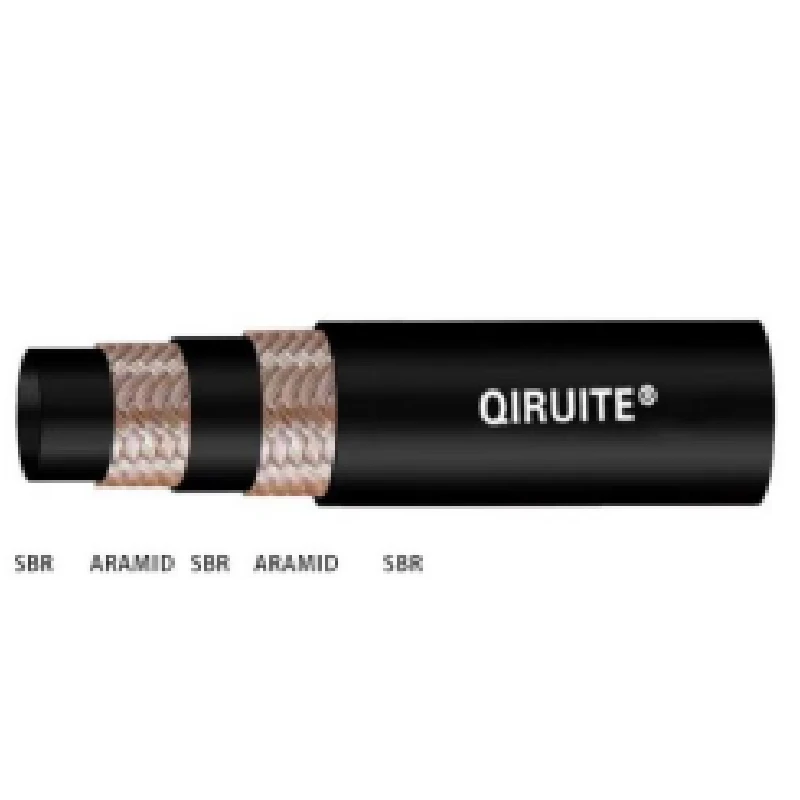Connecting Sprinkler Pipes with Effective Couplings for Efficient Water Distribution
Understanding Sprinkler Pipe Coupling A Key Component in Irrigation Systems
When it comes to efficient irrigation, the components of the system play a crucial role. Among these components, the sprinkler pipe coupling stands out as a fundamental element that ensures seamless operations. This article will explore the importance, types, installation methods, and maintenance of sprinkler pipe couplings, shedding light on their pivotal role in irrigation systems.
What is Sprinkler Pipe Coupling?
Sprinkler pipe coupling is a fitting used to connect two sections of pipe in an irrigation system. These couplings allow for flexibility in installation and maintenance, making it easier to design systems that cater to the specific needs of a landscape. They are essential for the proper functioning of sprinkler systems, ensuring that water flows efficiently from the source to the output points where it is needed most.
Importance of Sprinkler Pipe Coupling
The significance of proper coupling in sprinkler systems cannot be overstated. First and foremost, it provides a secure connection that prevents leaks, which can result in water loss and increased utility costs. A leak-free system also ensures that the intended areas receive adequate hydration, promoting healthy plant growth.
Moreover, couplings allow for system expansion or modification. As landscapes evolve—either through the addition of new gardens, flower beds, or other features—adjustments to the irrigation system may be necessary. Couplings make it easy to add or remove sections of pipe, facilitating a modular and customizable irrigation setup.
Types of Sprinkler Pipe Couplings
Sprinkler pipe couplings come in various types, each designed for specific applications. Below are some common types
1. Threaded Couplings These are used to connect two threaded pipe ends. They create a tight seal, ideal for high-pressure systems.
2. Slip Couplings These couplings allow pipes to slide into either end. They are ideal for joining two non-threaded pipes and are commonly used in PVC systems.
3. Compression Couplings These use a rubber or plastic gasket to create a seal. They are versatile and can connect pipes of different materials, such as PVC and copper.
4. Socket Couplings Designed to fit over the ends of pipes, socket couplings are often used in PEX systems. They provide a strong bond and are suitable for both indoor and outdoor applications.
sprinkler pipe coupling

5. Flexible Couplings These are essential for systems that may experience movement or vibration. Flexible couplings can help in absorbing shocks and maintaining system integrity.
Installation of Sprinkler Pipe Couplings
Installing sprinkler pipe couplings is a straightforward process, but it requires attention to detail to ensure a proper seal. Here are general steps for installation
1. Prepare the Pipes Clean the ends of the pipes to remove any dirt or debris that could compromise the seal.
2. Dry Fit Before applying any adhesives or sealants, fit the coupling onto the pipes to ensure everything aligns correctly.
3. Apply Adhesive For plastic pipes, use PVC cement according to the manufacturer’s instructions. For metal pipes, apply plumber's tape or thread sealant.
4. Join the Pipes Insert the pipes into the coupling, ensuring that they are pushed in all the way to provide a strong bond.
5. Secure Tightness For threaded couplings, use a wrench to ensure that the connection is tight but avoid overtightening, which can damage the threads.
6. Test for Leaks Once the system is reassembled, run water through it to test for leaks, making sure that all connections are secure.
Maintenance of Sprinkler Pipe Couplings
Proper maintenance is crucial for ensuring the longevity of sprinkler pipe couplings. Regularly inspect connections for signs of wear or leaks. If any couplings show signs of damage, they should be replaced promptly. Clearing any obstructions or debris around the coupling will also prevent pressure buildup, ensuring the system operates smoothly.
In conclusion, sprinkler pipe couplings are a vital part of irrigation systems, contributing to their efficiency and durability. Understanding their types, installation methods, and maintenance requirements allows homeowners and landscapers to maximize the benefits of their irrigation systems. By prioritizing proper coupling, one can ensure a reliable watering solution that promotes lush landscapes and optimal plant health.
-
Ultimate Spiral Protection for Hoses & CablesNewsJun.26,2025
-
The Ultimate Quick-Connect Solutions for Every NeedNewsJun.26,2025
-
SAE J1401 Brake Hose: Reliable Choice for Safe BrakingNewsJun.26,2025
-
Reliable J2064 A/C Hoses for Real-World Cooling NeedsNewsJun.26,2025
-
Heavy-Duty Sewer Jetting Hoses Built to LastNewsJun.26,2025
-
Fix Power Steering Tube Leaks Fast – Durable & Affordable SolutionNewsJun.26,2025

